Older adults can save tens of thousands of dollars annually by choosing assisted living communities over aging in place in their homes.
Unlike point solutions, Inspiren unifies resident safety, care planning, staffing, and emergency response into a single AI-powered platform.
An artificial intelligence-powered virtual assistant platform for senior living and care providers.
Betting that AI could lighten the clinician load.

 Health tech future: you have to love the wording – and this time, the press ate it up. Apparently at the time no one really noticed the
Health tech future: you have to love the wording – and this time, the press ate it up. Apparently at the time no one really noticed the 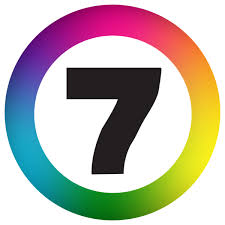 Startups and pitches – for funding and more. Last week was the start of a boomer-senior two week marathon – the 2017
Startups and pitches – for funding and more. Last week was the start of a boomer-senior two week marathon – the 2017 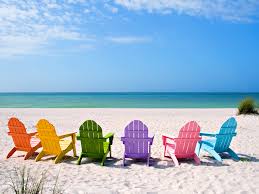 It’s summer – and the reading is easy. But there are many opportunities to fall out of touch with what’s happening in the world of tech and aging – for example, in the market innovation category, most recently there have been
It’s summer – and the reading is easy. But there are many opportunities to fall out of touch with what’s happening in the world of tech and aging – for example, in the market innovation category, most recently there have been 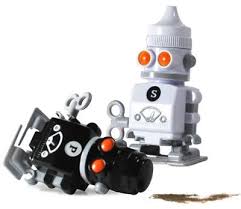 Investor money has forever flowed to innovation in robotics.
Investor money has forever flowed to innovation in robotics. 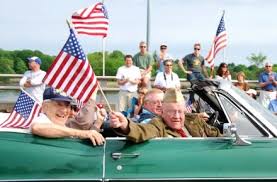 Movin' up – so goes the definition of old age. Maybe this confirms what you have already observed, and the
Movin' up – so goes the definition of old age. Maybe this confirms what you have already observed, and the 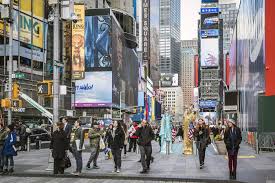 Largest city in the US shows a path for an aging society. New York has long been a host and leader in supporting older adults, from being a
Largest city in the US shows a path for an aging society. New York has long been a host and leader in supporting older adults, from being a